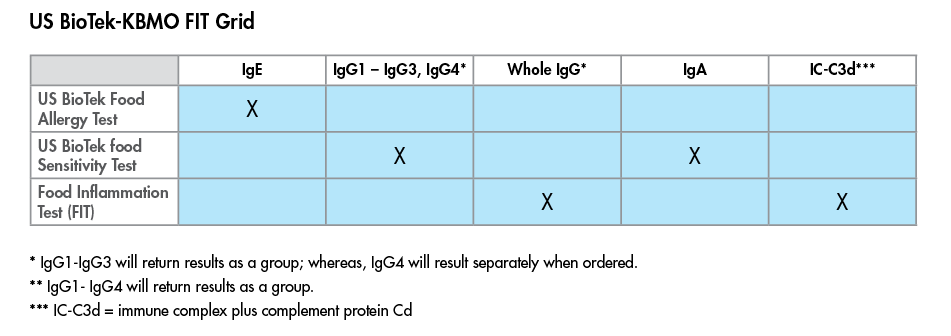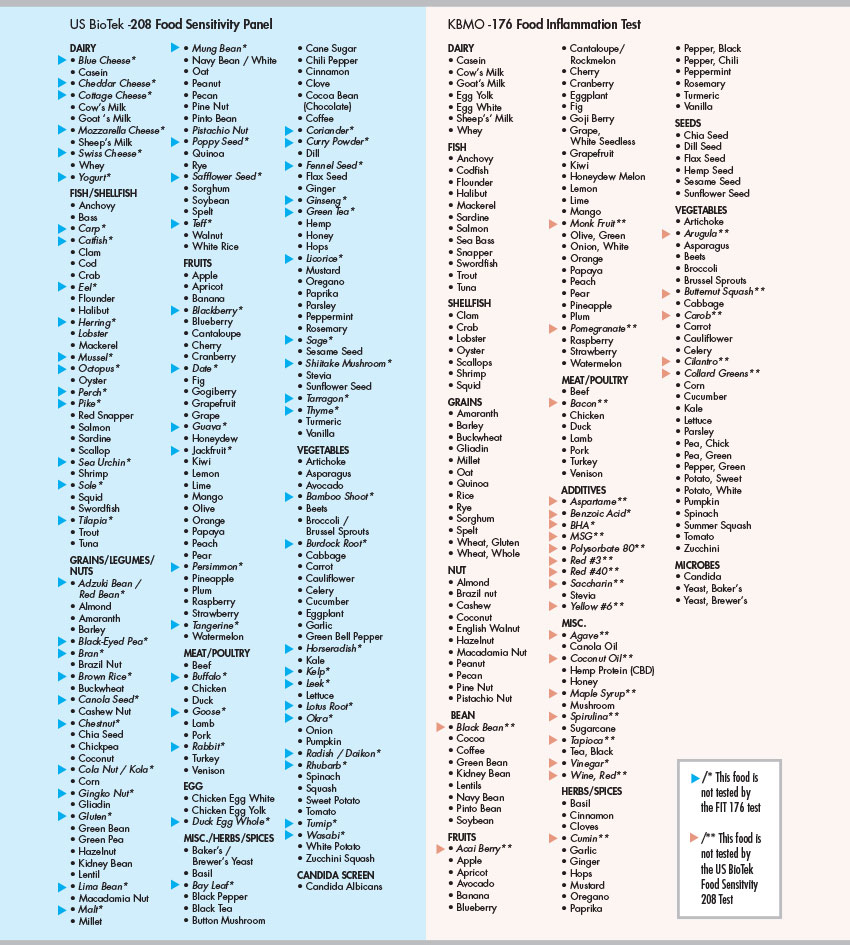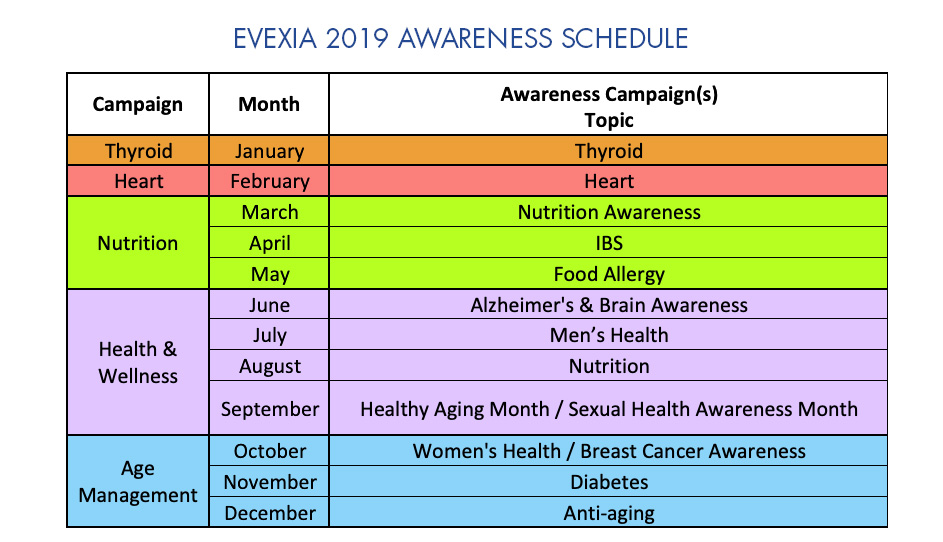Food Allergy and Food Sensitivity Testing Options That Fits Your Needs
Reactions to food can be divided into two main categories based on their immunological response: immediate hypersensitivity involving immunoglobulin (IgE), which causes an immediate reaction, and delayed hypersensitivity (e.g., IgG, IgA) reactions. IgE and IgG immunoglobulins are the two main antibodies produced against food allergens. Immunoglobulin G (IgG) is one of the most abundant proteins in human serum, accounting for about 10-20% of plasma proteins and is one of the five major classes of immunoglobulins.
IgG antibodies can be divided into four subclasses named according to their decreasing abundance IgG1 (most), IgG2, IgG3, and IgG4 (least). Antibodies of the IgG class have two major effector functions: activation of complement and opsonization (i.e., the induction of phagocytosis). IgG1 antibodies are the initial IgG class responders to a new antigen. IgG2 and IgG3 are generally not produced to food antigens. Once IgG1 binds to the antigen, an antibody-antigen complex is formed. Upon continued (i.e., chronic) exposure to an antigen, IgG1 antibody production will ‘class switch’ to IgG4.

• IgE Reactions: IgE immediate hypersensitivity reactions are often characterized by hives and throat swelling that may accompany anaphylaxis. Common foods that trigger IgE reactions include peanuts, shellfish, egg, dairy products, soy, tree nuts, wheat, and fish.
• IgA Reactions: IgA Reactions: IgA immunoglobulins are present in the mucosal membranes and increases in response to antigenic foods.
• IgG Reactions: An IgG reaction to food proteins suggests tolerance related to immune cell reaction. Repeated exposure, inflammation, and immune reactivity contribute to sensitivity and high IgG responses to food proteins.
• Immune complex plus complement protein: Food allergens can enter the bloodstream and stimulate the production of IgG. IgG antibodies are released into the bloodstream and bind to antigens that are soluble in the blood or deposited in the tissues and form immune complexes (IC). The IC (foreign protein plus IgG) can activate complement, which becomes linked to the IgG, ultimately forming IC-C3d (IC + complement). Tissue-associated IC activated complement can cause inflammation and symptoms associated with food sensitivities.
Although only a small portion of people have true food allergies, it is suspected that a large number of individuals suffer from undiagnosed food sensitivities. Food sensitivities can often be challenging to identify since they tend to produce a delayed response with symptoms occurring up to three days later. Testing can offer valuable clinical insight into a myriad of health issues and provide avenues for improved patient outcomes.
Description of Food Allergy/Sensitivity tests offered:
US BioTek: Food Allergy Panels
IgE (immunoglobulin E) allergic reactions, also known as type I hypersensitivity, are mediated by binding an allergen to an IgE antibody, which then binds to mast cells. When multiple IgE antibodies are bound, they form a complex that signals mast cells to release mediators that result in an allergic reaction.
This test can be ordered independently or bundled with any US BioTek IgG/IgG4/IgA food panels for more comprehensive information.
US BioTek runs all IgE panels on a sophisticated FDA-approved immunoassay analyzer that utilizes enzyme-amplified chemiluminescence technology. Chemiluminescence provides lower detection limits than conventional ELISA, making it particularly suitable for IgE detection, which can be hard to detect due to its short half-life compared to other immunoglobulins.
US BioTek: Food Sensitivity Panels
Food sensitivities are recognized to be correlated with many chronic health conditions such as IBS, eczema, fatigue, and others. However, with proper identification and the elimination of offending foods, many experience relief from their symptoms. US BioTek’s IgG, IgG4, and IgA antibody assessment panels can serve as useful tools for identifying trigger foods in individuals.
US BioTek offers a comprehensive 208 food panel, as well as 144- and 96-food panels to assess IgG, IgG4, and IgA antibody response to common foods. Their 96-food panels are offered in five variations, including a general panel and specialized panels to identify allergens found in typical Asian, Japanese, Mexican, or Vegetarian diets.
KBMO: Food Inflammation Test (FIT test) Analytes
The FIT Test measures sensitivities for up to 176 different foods and additives spanning all major food groups. The FIT test improves sensitivity by measuring both IgG and immune-complex complement C3d (IC-C3d). The FIT is available in options that test 22 foods, 132 foods, or 176 foods. Zonulin can also be added to any of these test options.




